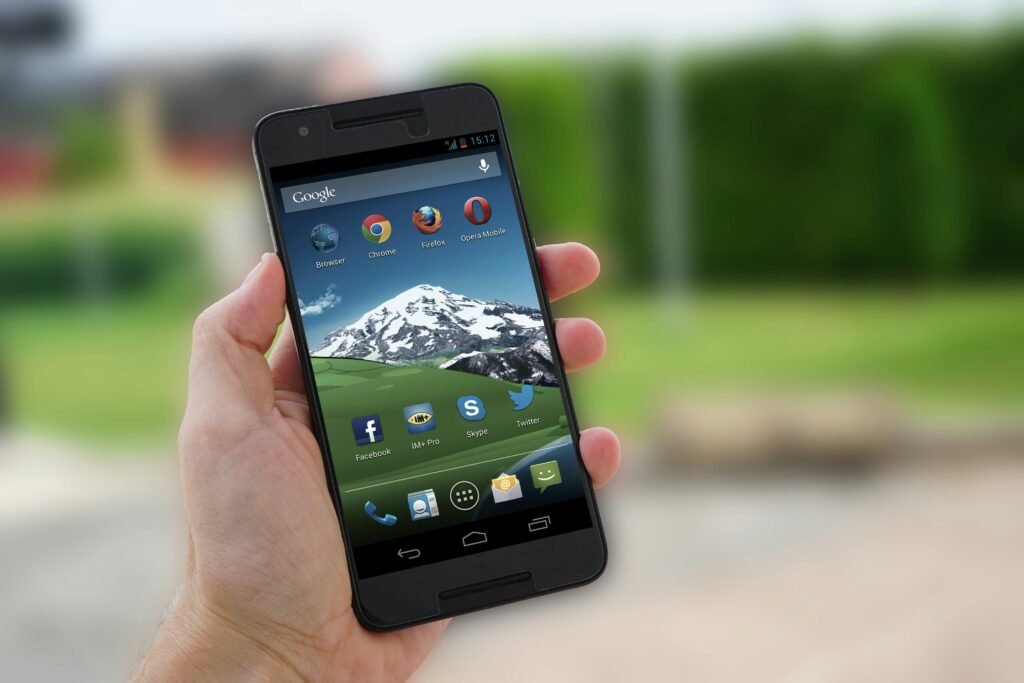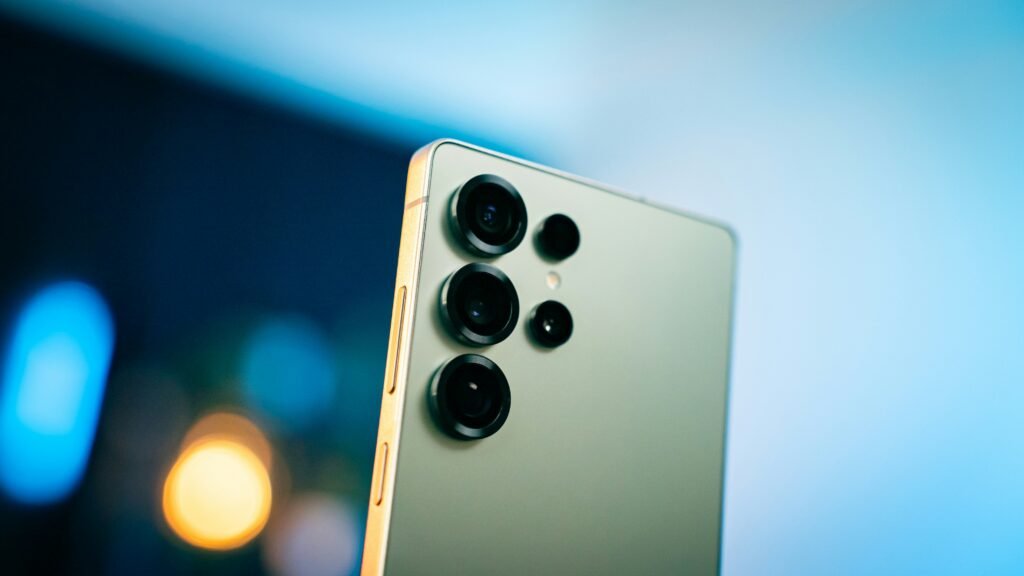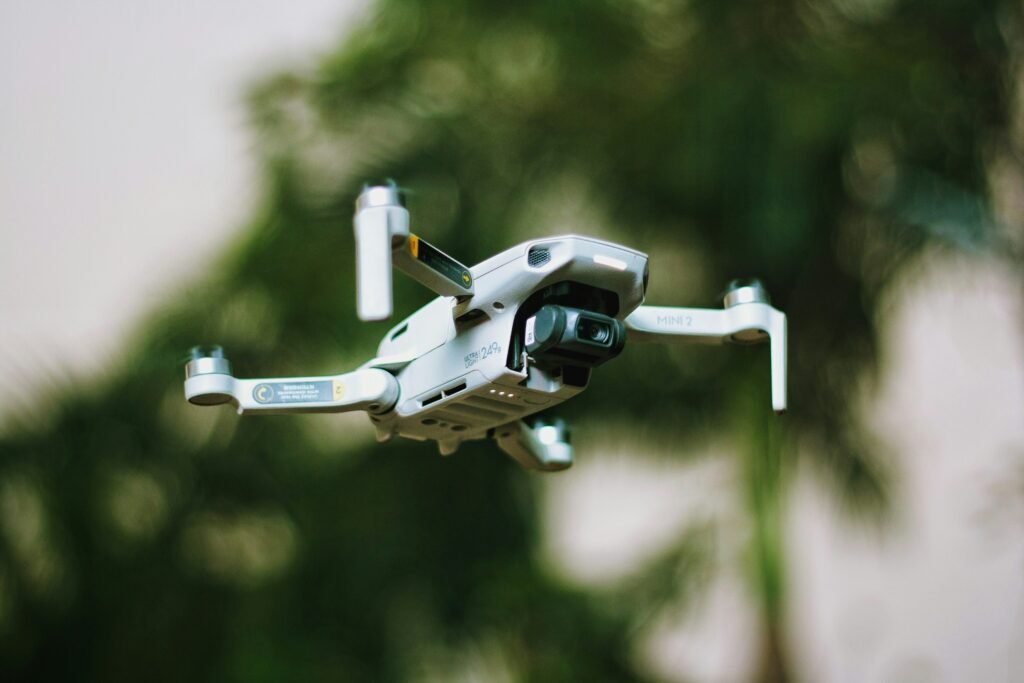
A Look Back: The Evolution of Smartphones
The evolution of smartphones has been a remarkable journey since their inception in the early 1990s. Initially, mobile phones were primarily designed for basic communication, but by the late 1990s, the introduction of the first smartphones began to reshape the landscape of mobile technology. The IBM Simon, released in 1994, is often credited as the first smartphone, combining the functionalities of a mobile phone with those of a PDA, featuring a touchscreen interface—an innovative step that set the tone for future devices.
As technology rapidly advanced, the early 2000s witnessed a wave of innovation in smartphone design and capabilities. The launch of BlackBerry devices, with their full QWERTY keyboards and efficient email capabilities, catered to business users, while Windows Mobile sought to tap into this burgeoning market as well. However, it was not until 2007, with the announcement of the Apple iPhone, that smartphones began to achieve widespread consumer acceptance. The iPhone’s introduction of a user-friendly interface, robust app ecosystem, and seamless internet connectivity transformed smartphones into indispensable tools for millions.
The ensuing years saw the rise of Android, which provided a more customizable platform for manufacturers and consumers alike. The fierce competition between iOS and Android led to rapid advancements in processing power, camera quality, and battery life, along with the introduction of features like biometric security and artificial intelligence integration. By the onset of the 2020s, smartphones had evolved dramatically, with capabilities that extended far beyond basic communication to encompass navigation, productivity, and entertainment.
As we approach 2026, the groundwork laid by earlier smartphone iterations has redefined societal interactions and demands for connectivity. With each technological innovation, consumer expectations have evolved, indicating a strong trend towards increased functionality and smarter devices. The smartphone’s journey reflects not only advancements in technology but also significant shifts in how society engages with the digital world, setting the stage for the exciting developments ahead.
What to Expect from Smartphones in 2026
As we look towards the future, smartphones in 2026 are poised to undergo significant transformations in several key areas, enhancing their functionality and user experience. One of the most notable advancements will be in processing power, characterized by the adoption of next-generation chipsets that leverage artificial intelligence (AI) to optimize performance. These AI-integrated processors are expected to offer seamless multitasking capabilities and improved energy efficiency, further extending battery life while handling complex applications with ease.
Display technology is also anticipated to evolve remarkably. Flexible OLED displays may become standard, providing users with vibrant colors and enhanced clarity while allowing for innovative designs, such as rollable or foldable smartphones. This could redefine how users interact with their devices, making larger screens more portable than ever before. Accompanying these displays will likely be advanced augmented reality (AR) features integrated directly into the smartphone experience, transforming how users engage with digital content in their everyday environments.
Moreover, the camera capabilities of smartphones in 2026 are projected to reach new heights. With improvements in image processing algorithms and the integration of multiple lenses, users will benefit from enhanced photo quality across various conditions. Expect sophisticated computational photography features that allow for real-time enhancements and immersive video capabilities, including higher resolutions and frame rates. This will cater to the increasing demand for high-quality visual content creation, as social media continues to thrive.
Finally, the rollout of 5G technology will play a crucial role in shaping the future of connectivity. Enhanced data speeds, lower latency, and improved network capacity will support your smartphone’s functionality, paving the way for a more connected and interactive experience. As wearables become more integrated with smartphones, users can expect seamless synchronization between devices, creating an ecosystem where applications and services work in perfect harmony.
The Role of Smartphones in Everyday Life in 2026
As we project into 2026, smartphones are expected to become even more integral to our daily lives, evolving far beyond their initial functions of communication and information access. These multifunctional devices will increasingly serve as central hubs for managing various aspects of our routines. The convergence of technology and lifestyle is anticipated to lead to seamless integration across healthcare, education, work, and entertainment.
In the realm of healthcare, smartphones are likely to facilitate enhanced health monitoring through advanced applications that track vital signs, medication schedules, and lifestyle choices. Wearable technology can firmly integrate with these devices, allowing individuals to access real-time data and receive personalized health insights. This accessibility may empower users to make informed decisions regarding their health and wellness, while remote consultations with healthcare professionals can be conducted effortlessly, ensuring that medical services are more reachable.
Education will also see significant transformations; smartphones will likely host comprehensive learning platforms, offering interactive courses and easy access to educational resources. These devices can facilitate remote learning, allowing students to attend classes from anywhere, fostering a global classroom dynamic. Furthermore, augmented reality (AR) applications could deliver immersive learning experiences, making subjects more engaging and interactive.
In the context of work, smartphones are predicted to facilitate remote work by providing powerful collaboration tools and applications that streamline tasks and enhance productivity. High-speed connectivity and cloud-based solutions will enable teams to communicate and work together efficiently, regardless of their physical locations. Additionally, smart home controls through smartphones will centralize the management of household devices, thus simplifying daily tasks and enhancing comfort.
Social interactions are also expected to evolve as smartphones incorporate advanced communication features. Enhanced video calling, instant messaging, and social media platforms will potentially strengthen personal connections, allowing individuals to maintain relationships more effortlessly, irrespective of geographical barriers.
Challenges and Considerations for the Future of Smartphones
As the future of smartphones unfolds, several challenges and ethical considerations emerge that demand urgent attention from manufacturers, developers, and regulatory bodies. Key among these concerns is privacy. With smartphones increasingly integrated into daily life, they collect vast amounts of personal data. This raises significant questions about how this data is used, shared, and stored, necessitating robust data protection measures to safeguard user privacy.
Data security is another pressing challenge. As smartphones become more advanced, they may be vulnerable to sophisticated cyber threats. Users rely on their devices for sensitive transactions, making it imperative for developers to prioritize security in their innovations, ensuring that security measures evolve alongside technological advancements. Failure to adequately address data security could lead to severe repercussions for users and damage the credibility of manufacturers.
The digital divide remains a significant consideration. As smartphones evolve, there is a risk that advancements may not be accessible to everyone, particularly marginalized communities who may lack the resources to keep up with technology. Ensuring equitable access to smartphones is crucial for fostering inclusion in a digital society, and developers must actively work on creating affordable solutions that bridge this divide.
Furthermore, prolonged smartphone use has been linked to various mental health issues, including anxiety and depression. It is essential for manufacturers to consider the implications of screen time and promote user well-being through features that encourage healthy consumption. This includes providing users with tools to monitor their screen time and potential interventions that promote breaks or reduced usage.
Overall, the responsibility falls upon manufacturers and developers not only to innovate but to ensure that such innovations align with the best interests of users. Thoughtful regulatory measures that address these challenges will be pivotal as smartphone technology progresses, shaping the way society interacts with its devices.




